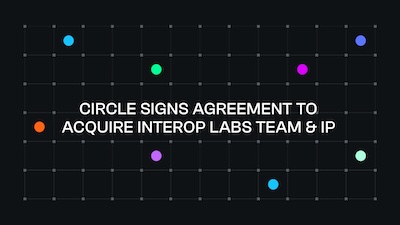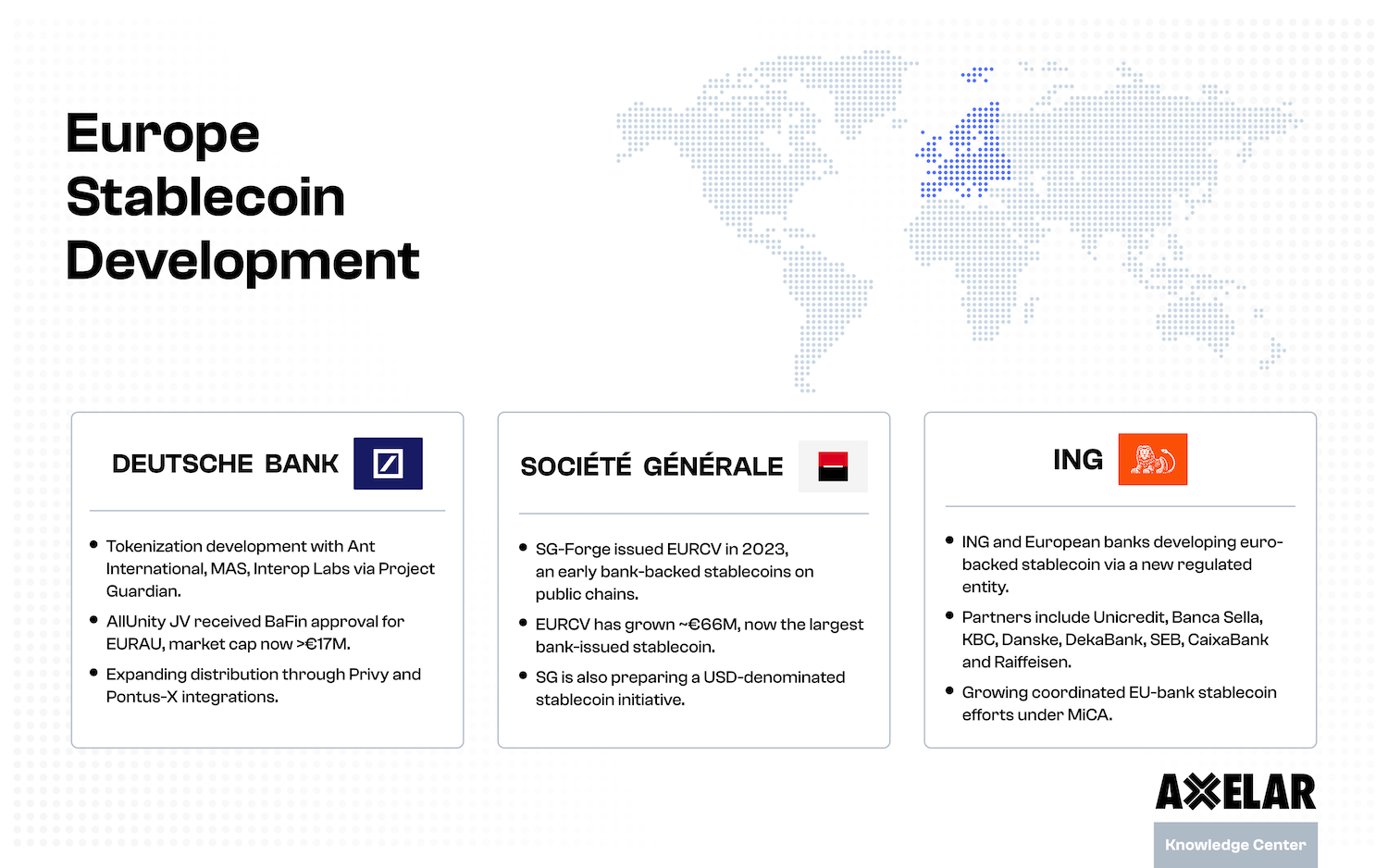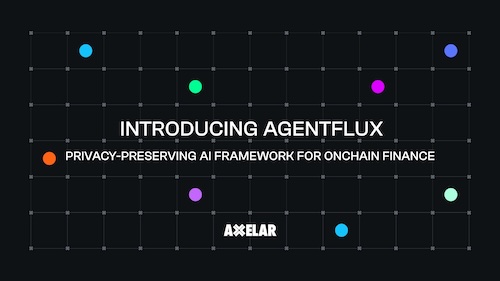Cross-Chain NFTs: Road to Interoperability
Table of Contents


Even though non-fungible tokens (NFTs) have been around since 2014, they did not gain steam till the pandemic hit. NFT sales in 2020 went through the roof, shattering all previous records. But it was 2021 that really cemented NFTs as a highly promising utility-based asset. NFT sales surpassed $25 billion in 2021, particularly catalyzed by the widespread interest in collectibles of all kinds – in this case, digital portraits of apes and pixelated characters (Source: Decrypt). The interest from top brands and sports teams also helped, with giants such as Nike, Adidas, Gucci, the NBA and McLaren joining the bandwagon.
But as 2022 ended and 2023 took shape, NFTs were moving past their hype phase. As sales diminished, buyers were looking for NFTs with utility that could be valuable in the longer run.
However, as the Web3 ecosystem expands to be multichain and cross-chain, most NFTs are siloed within a single blockchain. To boost the potential of NFTs, there exists a need for cross-chain NFTs that can be utilized across the entire Web3 ecosystem. Blockchain interoperability in NFTs will enhance utility, expand markets and allow seamless migration across chains.
However, taking NFTs cross-chain isn’t so easy. Unlike crypto assets, NFTs are not so easy to wrap and transfer across chains. For one thing, metadata showing the NFT's uniqueness does not move cross-chain with the asset itself.

The current NFT ecosystem and its limitations
The current blockchain and crypto ecosystem has an abundance of blockchain networks. Some are built to be fast, while some offer lower transaction fees, and many are built for specific applications or niche problems they hope to solve. Without interchain communication, the ecosystem is scattered, with users, platforms, applications and tokens siloed in their native chains. Even though we have a significant number of NFTs available, the issue of interoperability between blockchains inhibits NFTs' utility within the compelling new use cases arising on these various blockchains.
One of the primary limitations of NFTs limited to a single network is that they hinder adoption and utility. As DeFi, gaming and many other dApps are now leveraging NFTs to expand multi-chain, cross-chain interoperability becomes vital. The current NFT ecosystem is not conducive to seamless interoperability, thereby limiting growth.
Moreover, users often have to choose a specific blockchain and possess the appropriate currency to mint or trade NFTs, which can present a barrier to entry for newcomers and hinder the broader adoption of NFTs. This constraint also contributes to liquidity issues within NFT marketplaces, as assets are siloed within their respective blockchain ecosystems.
This is where cross-chain NFTs can make a significant impact!
What are cross-chain NFTs?
Cross-chain NFTs, like traditional NFTs, are non-fungible tokens that can be traded, transferred and utilized for a variety of use cases. The key difference between traditional NFTs and cross-chain NFTs is that the latter can be leveraged across multiple blockchains, promoting greater interoperability and collaboration in the NFT space.
With Axelar, developers can utilize the General Message Passing (GMP) capability to create cross-chain NFTs or build cross-chain capabilities for traditional NFTs. Axelar GMP enables developers to build on any supported chain and call functions hosted on other chains, offering complete interoperability. Interchain applications built using GMP seamlessly function across chains with the utmost security: Axelar is based on the same proof-of-stake security model as many of the chains it connects. Cross-chain function calls allow developers to bring the program to the asset rather than bringing the asset to the program. NFTs remain on their native chains, while state is synchronized cross-chain to enable their use in applications on other chains. This approach is vital for enabling cross-chain NFTs since most traditional NFTs do not travel well cross-chain.
Benefits offered by cross-chain NFTs
- Reaching a wider audience: With applications and assets that can be used across the ecosystem on any blockchain, the barrier to entry is lowered. With cross-chain NFTs, new users can join the ecosystem with the chain and assets they like without limiting themselves to an isolated blockchain.
- Increased liquidity: In the current NFT ecosystem, markets are fragmented, meaning pools of liquidity for buying NFTs are isolated. With cross-chain NFTs, the liquidity can be utilized across networks, providing a liquidity boost in the market.
- Adding utility to NFTs: With gaming, DeFi and many other dApps using NFTs, interoperability across networks can boost utility and increase value. Using Axelar GMP, cross-chain NFTs minted on any connected chain can be integrated into DeFi and gaming platforms on any other chain to be used as collateral, credentials, trading, fractional ownership, staking, insurance and many more use cases to unlock the value of non-fungible assets.
Use cases for cross-chain NFTs
NFTs have been utilized across genres, providing meaningful use cases beyond just their novelty. From DeFi to IP licensing, cross-chain NFTs can drastically improve the potential of traditional NFTs.
Here are the top use cases of cross-chain NFTs:
- Art and collectibles: While traditional NFTs have already paved the way for a digital art ecosystem, cross-chain NFTs can broaden the market by enabling artists to reach a wider audience and potentially increase the value of their work. Cross-chain NFT wallets and marketplaces also allow collectors to expand their collection across blockchains without having to tackle multiple platforms.
- Decentralized finance (DeFi): Cross-chain DeFi has huge potential in the future, and cross-chain NFTs are a big part of it. Users can utilize these NFTs across chains for a variety of uses, including collateralized loans, insurance and yield farming, unlocking the value of illiquid assets and increasing the overall efficiency of DeFi markets.
- Virtual real estate and in-game assets: The recent growth of the metaverse sparked interest in virtual real estate. Cross-chain NFTs can seamlessly facilitate the trading and ownership of virtual real estate and in-game assets across different platforms and chains. This enhances the interoperability between game ecosystems, allowing users to transfer their virtual assets from one game to another (depending upon the game’s capabilities) or even trade them with players on different platforms.
- Intellectual property and licensing: Cross-chain NFTs can be used to represent intellectual property rights, such as copyrights, patents and trademarks across chains. This allows for the efficient licensing and transfer of IP rights with transparency on the blockchain without being restricted to a single network.
- Tokenized real-world assets: Cross-chain NFTs can be used to tokenize real-world assets, such as real estate, luxury items and collectibles, allowing them to be traded, certified and owned on different blockchains without the need for a centralized intermediary.
- Blockchain Name Service: Naming services make Web3 more accessible with human-readable addresses. Therefore, users can easily remember their addresses and utilize their blockchain domain for their decentralized identity. The newly launched Omnichain Naming Service (ONS) is one such example, which is making it easy for users to connect addresses to human-readable names that can be used across multiple blockchains. Minting an ONS name gives the user an interchain NFT, which moves with the user to any blockchain, letting them take advantage of marketplaces and utility across Web3.
How cross-chain interoperability will power the future of NFTs
As the adoption of NFTs increases, the focus shifts from just digital art to the true utility of NFTs. The use cases are countless, and the opportunities are abundant. However, most cross-chain infrastructure, such as cross-chain bridges, is immature and not well-suited to NFTs.
Axelar, on the other hand, enables developers to build with complete interoperability and call any function on any other connected chain. In the context of Axelar GMP, “function” includes both smart contracts at the application layer (as on EVM chains) and logic built at the protocol layer (as on Cosmos chains). This allows developers to choose the ideal chain from 35+ chains supported by Axelar today and build with transparency, security and interoperability. For now, GMP connects EVM chains, but GMP between Cosmos and EVM chains is coming soon.
Projects building cross-chain NFTs with Axelar
Recently, Axelar launched its Robot NFT collection in partnership with MintDAO. The collection, originally minted on Ethereum, came with cross-chain capabilities, thanks to GMP, and enabled various cross-chain features.
Another NFT project building with Axelar is Junkyard, a cross-chain NFT game designed to help players throw their worthless NFTs into a smart contract on Ethereum. The data is then sent and stored on Polygon, which supports a lottery-style game where players can win rare NFTs in exchange for dumping NFTs they believe to be worthless. When a user decides to redeem an NFT, the delivery is then fulfilled on the Ethereum blockchain, where Axelar passes messages that ensure the state is synced between the data on Polygon and Ethereum.
The latest in line is Omnichain Name Service (ONS), which, as mentioned above, enables users to use their multi-chain ONS name by minting an interchain NFT. The NFT works as a key for the user to access their data. While the data primarily stores the user's addresses, it can also store avatars, contact information, and in the near future, the user's decentralized identity.
The possibilities with GMP are limitless, as it can facilitate extremely potential and powerful use cases in gaming, NFTs, and DeFi, powering up the next-gen cross-chain DEXs.
Interested in using GMP and building with Axelar? Check out our docs on General Message Passing to know more, and reach out to us on Axelar Discord for any questions.


